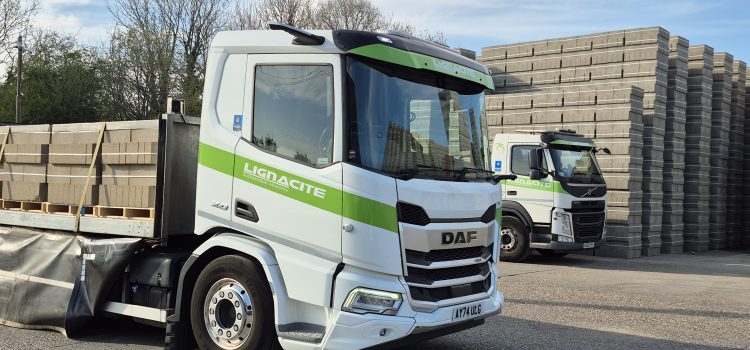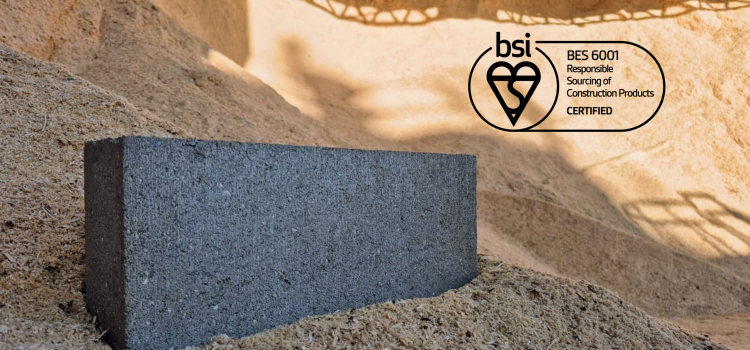Articles
An introduction to concrete coursing blocks

Posted by Lignacite
When it comes to achieving precision and efficiency in construction, coursing blocks are an invaluable building material when used in combination with full-sized blocks. Whether you're working on a residential build or a commercial project, coursing blocks offer flexibility and structural support that enhance the appearance of the project and reduce waste.
In this article, we’ll explore what coursing blocks are, their uses and the benefits they bring to all types of building projects.
What are coursing blocks?
Coursing blocks are used in masonry work to ensure accurate height adjustments and alignment in block walls. Their name comes from their role in helping maintain the height of ‘courses’, which are the continuous rows or layers of bricks or blocks in a wall. By filling small gaps in the wall, coursing blocks ensure it remains even and level throughout construction.
Coursing blocks come in a variety of sizes, typically smaller than standard blocks, allowing for flexibility and precision in building. Common thicknesses in the UK include 100mm and 140mm. The height is usually 65mm or 140mm, which corresponds to the height of standard bricks and blocks. Their installation follows normal block laying practice, making them easy to incorporate into any project.
In addition to their primary use in height adjustment, coursing blocks are ideal for detail work around windows, doors and corners where accuracy is required.
At Lignacite, we offer concrete coursing blocks within all of our product ranges, so you can achieve uniformity in performance across your project. Our blocks are available in 100mm and 140mm widths, with pack sizes ranging from 156 to 208 blocks. Several compressive strengths are also available, from 7.3N/mm2 to 22.5N/mm2, making them suitable for all types of general coursing work. We also provide lightweight options to meet specific project needs.
What are concrete coursing blocks used for?
Their key functions include:
Height adjustment
Wall heights do not always correspond to full block coursing. To avoid cutting and wastage of full-sized units, coursing blocks help builders to construct walls to the required height with little or no disruption to the laying process.
Filling gaps
They are often used to fill gaps above doors and windows, and between floor joists, while maintaining the performance and integrity of the wall.
By using coursing blocks, builders can maintain the correct spacing and levels in masonry work, ensuring that the finished structure is both stable and aesthetically pleasing.
The benefits of using concrete coursing blocks in your project
Coursing blocks offer a range of benefits that make them an essential material for construction projects. They allow for precise height adjustments and alignment of brick or block walls, helping builders achieve even courses that contribute to both the strength, appearance and overall integrity of the structure.
Available in various sizes, these blocks provide flexibility, allowing for easy adjustments without the need to cut larger blocks down, which saves both time and effort. By reducing the need for cutting, coursing blocks also minimise material waste, making construction more efficient, cost-effective and sustainable.
They are designed to work seamlessly with full-sized concrete blocks, ensuring compatibility in terms of density, thermal conductivity, moisture movement and finish. For instance, if you use the full-sized blocks and coursing blocks from the same product range, you can treat them in the same way so there is consistency in the finished building.
About Lignacite coursing blocks
All of our standard-sized blocks are available as coursing blocks. Lignacite GP and Lignacrete coursing blocks are always in stock, while other ranges are available to order. Speak to our Quoting Team to find out more and place an order.






















